Now that you have gotten back your papers, what's next?
1. Wrong Direction ErrorType of error: Wrong direction error occurs when you misunderstood the direction of the question and do the question with the wrong topic, concept and keywords in mind. Problem caused: This error costs the most marks and wastes the most time. To avoid this type of error: Read the question at least twice, underlining important keywords before planning the answer. 2. Careless MistakeType of error: A careless mistake can be corrected automatically upon checking. E.g. missing keywords/phrases/copying the wrong value. Problem caused: Many careless mistakes throughout the exam paper will cause the grade scored to not reflect the student's true potential. To avoid this type of error: Read the answer once carefully before moving on to the next question. 3. MisconceptionsType of error: Misconceptions arise when students do not understand the principles required to work the problem. Problem caused: This type of error is the most serious mistake made as the student have not learnt the correct concepts in the first place. To avoid this type of error: An experience tutor will be necessary to bridge the gap. Relearning concepts will be crucial. 4. Application ErrorType of error: This happens when you know the concept but cannot apply it to the problem. Problem caused: Majority of the questions especially in Pure Chemistry are application questions. Not knowing the process skills will cause students to be unable to attempt the entire question as questions may be related to one another. To avoid this type of error: You must practise a wide variety of questions (not quantity) to know all the tips and tricks related to higher order thinking questions. Once again, having a tutor may be an option to help save time. 5. Test Procedure ErrorsType of error:
These are mistakes made due to way the student takes exam. It is affected by their own personalities and mindsets. Problem caused/To avoid this type of error:
Comments are closed.
|
Mrs Lim
A Chem-Addict passionate about teaching and learning Chemistry. Archives
February 2023
Categories |
- Home
- More Information
- Contact Me
- Blog
-
FREE 5-MIN Notes
- 1. Experimental Techniques
- 2. Methods of Purification
- 3. Separation Techniques
- 4. Qualitative Analysis
- 5. Kinetic Particle Theory
- 6. Atomic Structure
- 7. Elements, Compounds, Mixtures
- 8. Ionic Bonding
- 9. Covalent Bonding
- 10. Mole Concept
- 11. Electrolysis
- 12. Energy Changes
- 13. Speed of Reaction
- 14. Redox
- 15. Acids and Bases
- 16. Salts
- 17. Ammonia
- 18. Periodic Table
- 19. Metals
- 20. Air
- 21. Fuels
- 22. Organic Chemistry
- 23. Macromolecules
- Free Printables

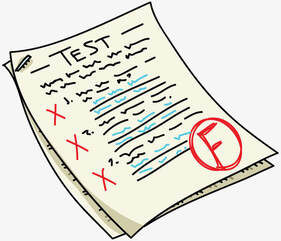
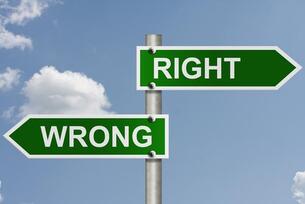
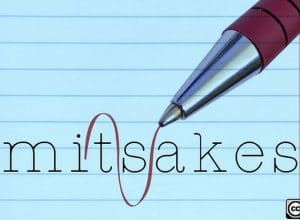
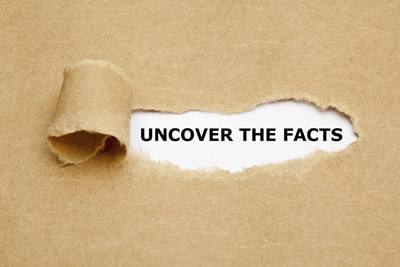
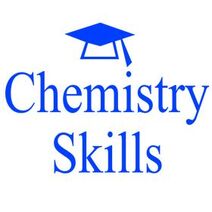
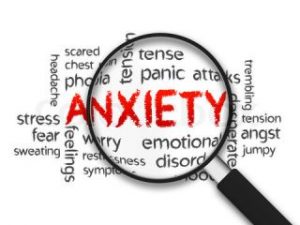
 RSS Feed
RSS Feed
